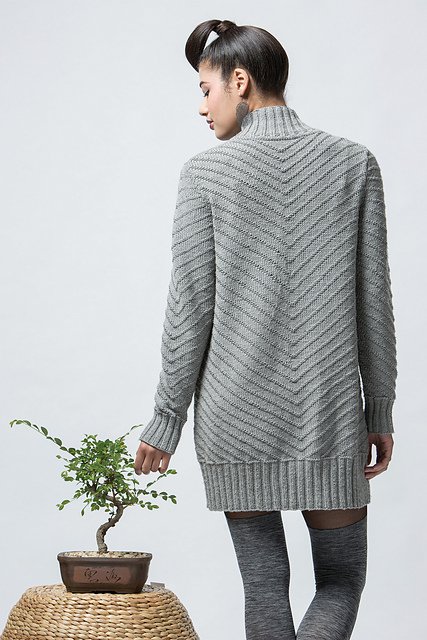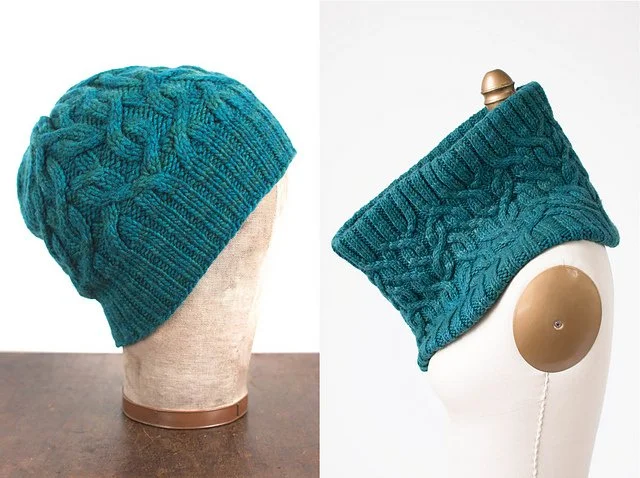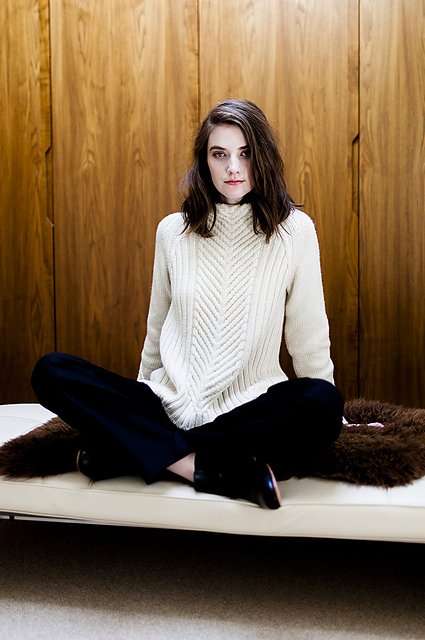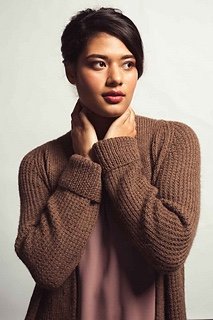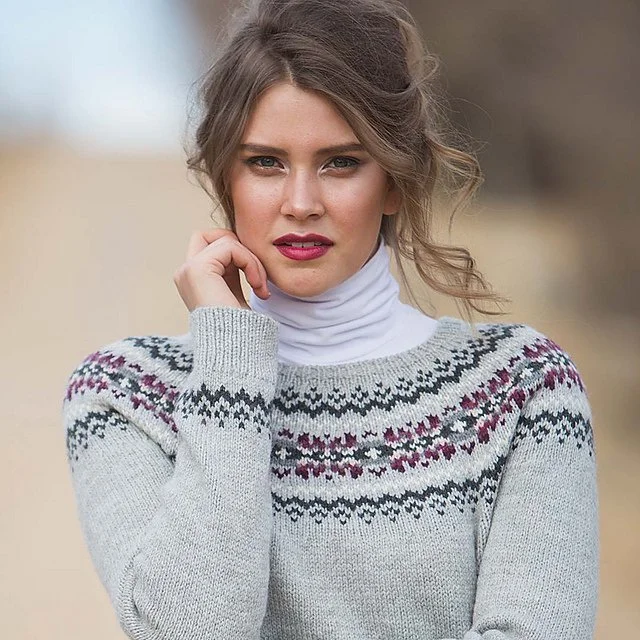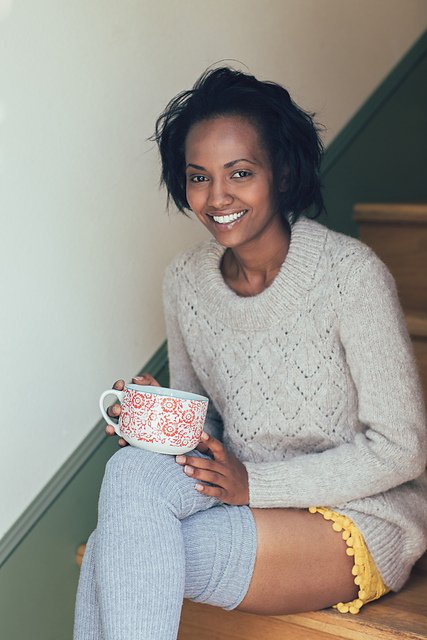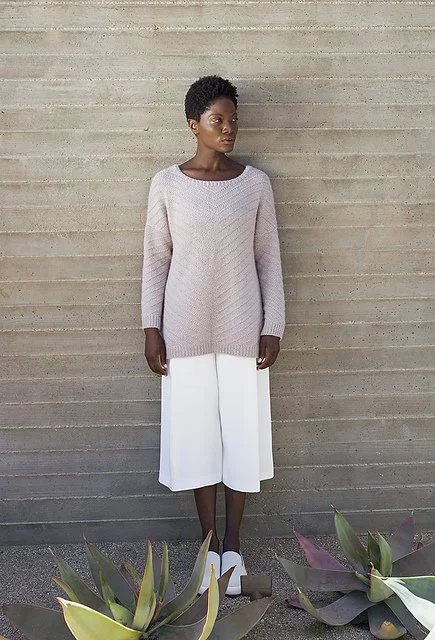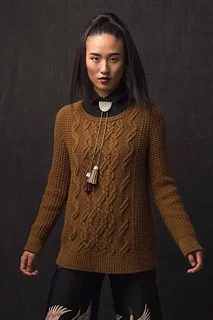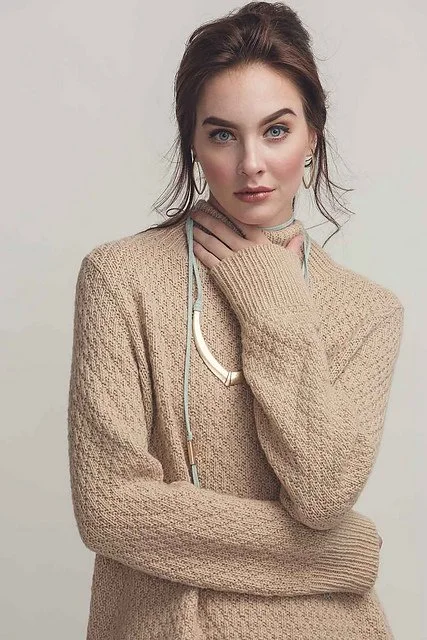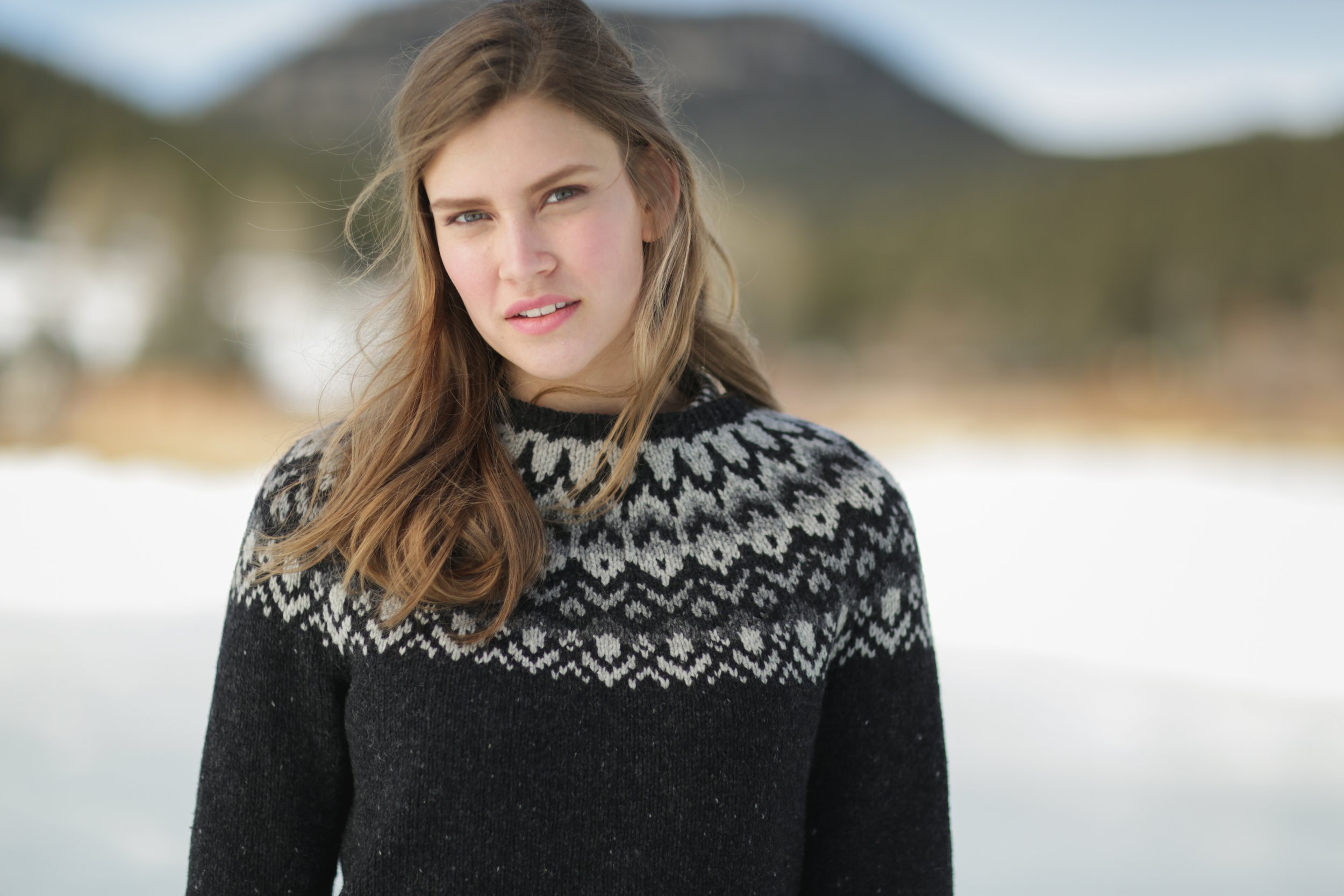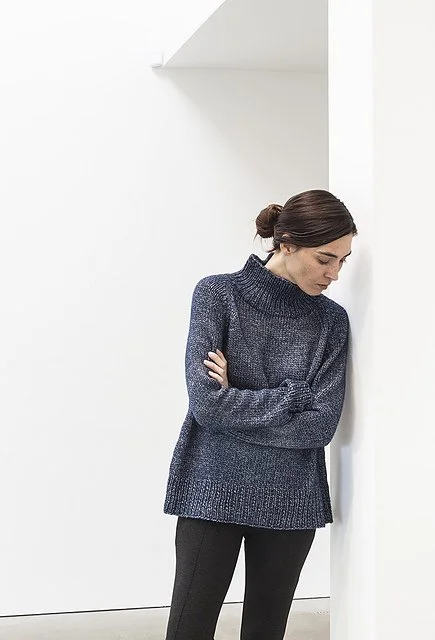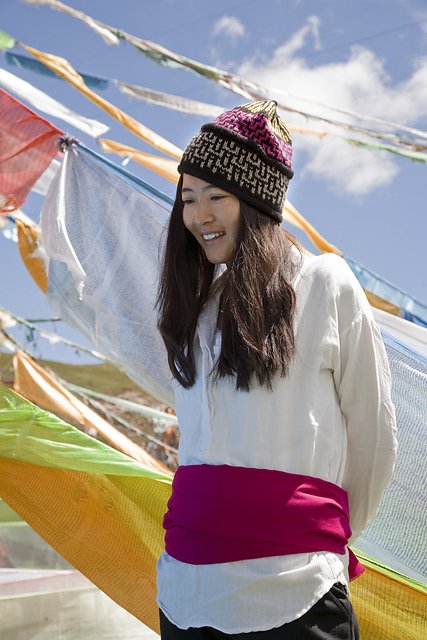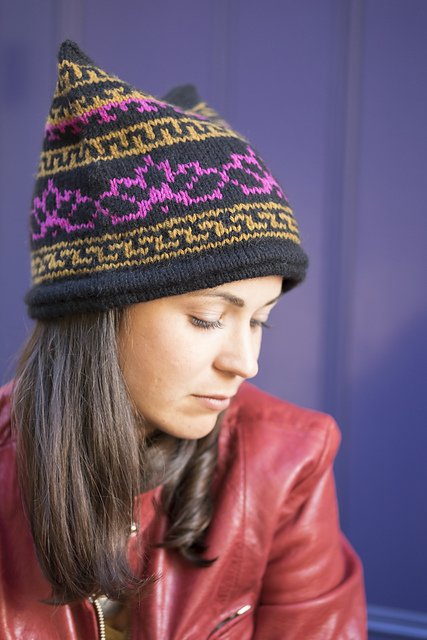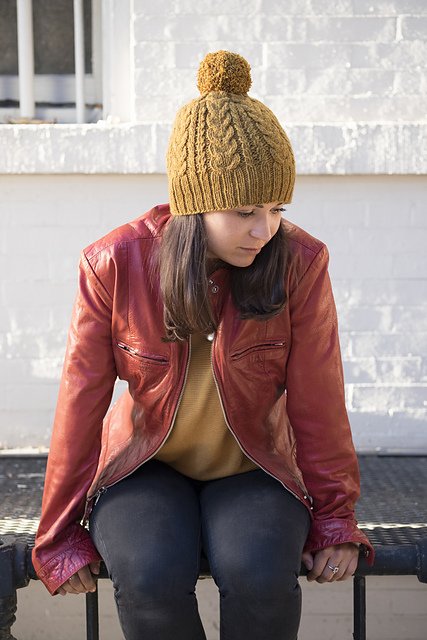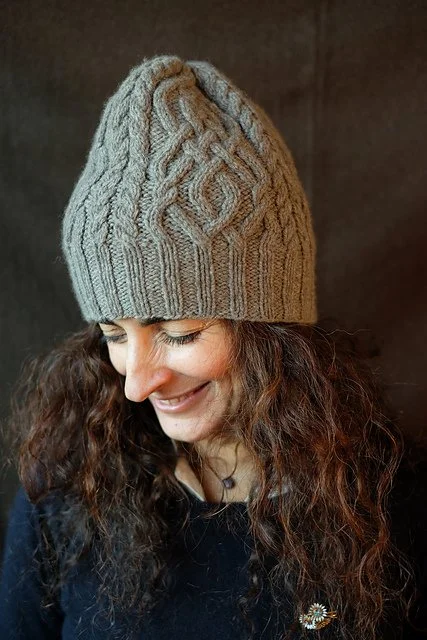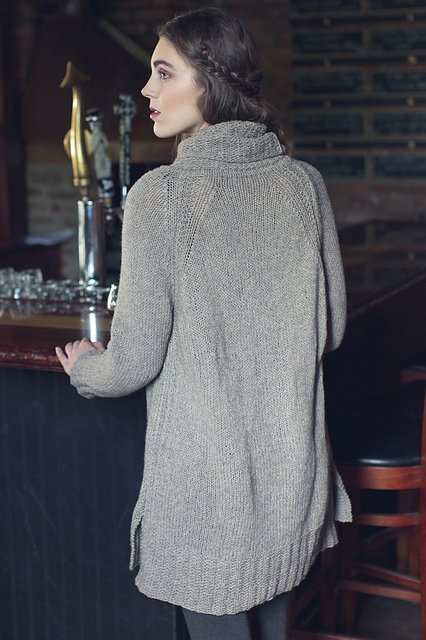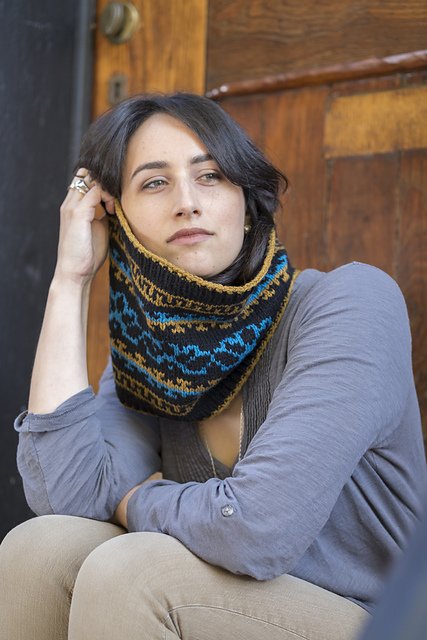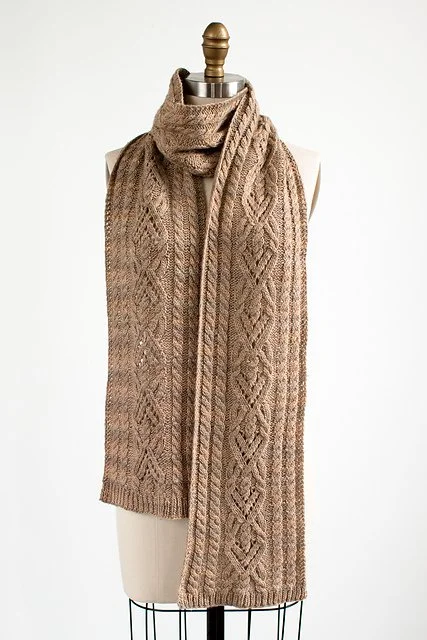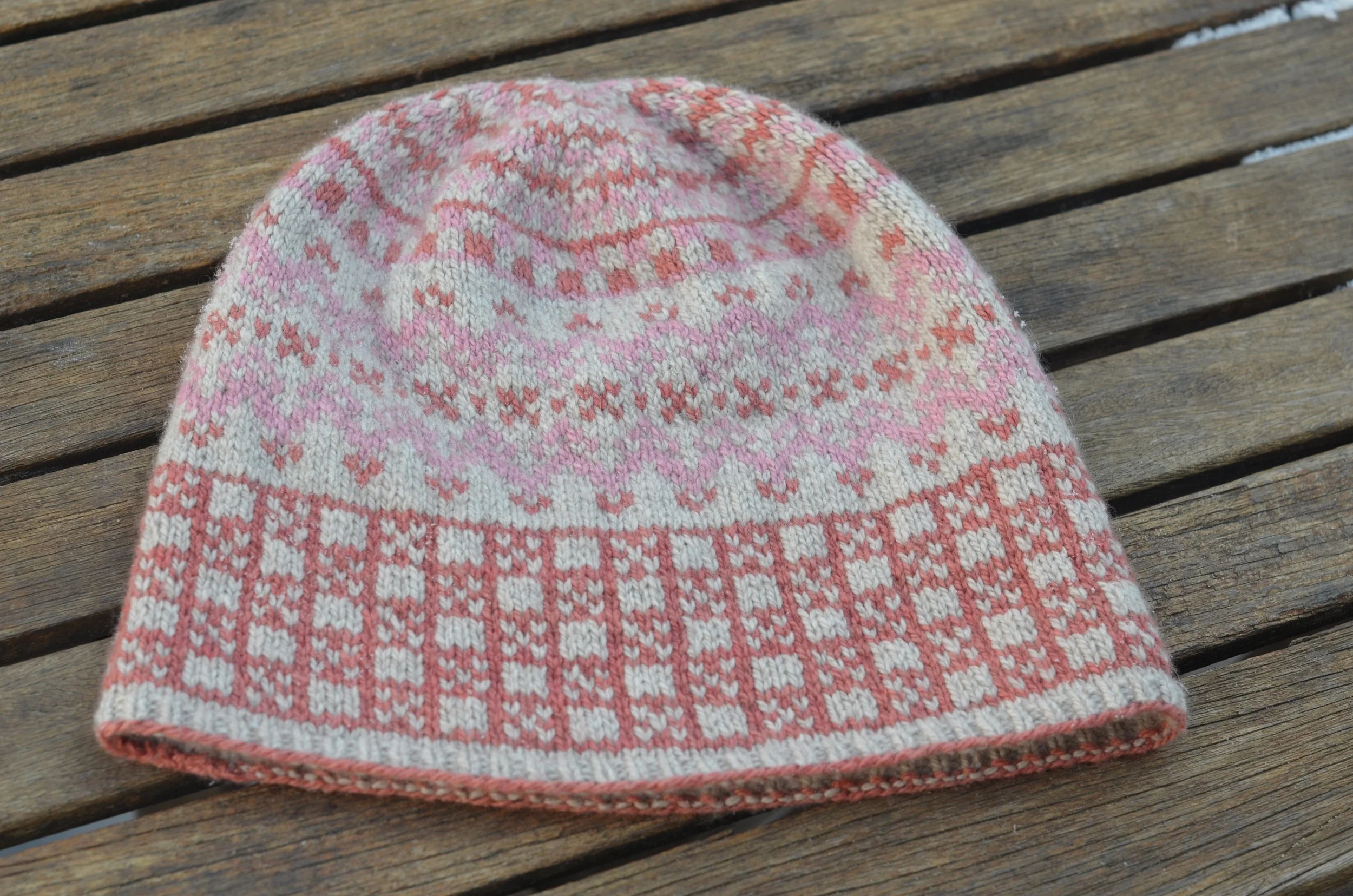Taking Stock
As the New Year gets into swing I thought it might be a good time to take stock of what I've done since my last post, oh so many moons ago. So here are the patterns and samples I've published in the last 18 months.
With the exception of one sample and one pattern, every single one of these was written and sized by me and knit by either me or my (sainted) mother. Through every holiday, all summer long, nights, weekend, and on every subway ride, the knitting, the swatching, the calculating has never stopped. When I haven't been designing, I've been teaching classes and writing articles for various knitting publications--my eighth article, a profile of the online craft emporium Jones & Vandermeer and their involvement in the fight to protect the gravely endangered wild Bactrian Camel, just came out in the Fall/Winter issue of knit.wear. Is it any wonder that blogging has been completely abandoned?
But seriously, this taking stock is a good thing. It's good to stand still for a minute and look at everything you've done. It's helpful for seeing where you want to go. And one thing I'd really like to do is slow down in general. I got into hand knitwear design because I like slow things; I like taking my time and doing meticulous work. I like being removed from fast fashion and its wastefulness and making considered choices about the materials I use and the things I make. However, working as an independent designer there is enormous pressure to keep producing new work and always having to look to the next project means that I've hardly had the chance to enjoy each pattern as its been released, let alone talk about it at any length.
A recent message from a knitter on Ravelry really crystallized this for me. A lovely woman took the time to tell me that she had made one of my sweaters and that she had actually thought there was a mistake in the pattern because the raglan decreases leaned towards the seam instead of away from it. Then she read my blog post on full-fashioned shaping and realized that this was a design element of the pattern and should be followed as written. She followed the pattern and said she was extremely happy with the results. Her sharing this experience with me was the reminder I needed that there is a still a lot of explaining that can be done about the design process; why certain choices are made, how best to work certain techniques, when you might want to makes changes, etc. Designing is really nothing but making decisions and even the simplest sweater actually involves dozens and dozens of choices, and because of the brevity of most publication styles, most of this underlying thinking remains completely unexplained to the knitter. A lot of knitters are questioners and want to know the why and the wherefore of what they're doing. I certainly was like that when I started knitting and I still am. This letter from an appreciative knitter made me realize that I can go deeper with each pattern and unite my two loves of design and craft education by opening a window onto the design process.
In the last few years I've been teaching more and more and it's been a wonderful experience. I find teaching to be enormously fun and rewarding, and for me it is the perfect complement to designing. As a designer you are alone with your thoughts and your swatches and your numbers. There's a portion of it that is a pleasant dreamscape of playing with yarn but a fair amount of it feels like toiling in a mine of your own making, especially when you're working towards someone else's deadline. But teaching allows me to come up into the light and spend time with other string-loving folk and share all those things that I've been mulling over during the design process. I have met so many lovely people who, like me, enjoy a challenge and trying something new. Seeing the enthusiasm of knitters in a class setting has really deepened my commitment to craft education, both for myself and for others. I've taken a lot of classes over the years and I make a point of continuing to do so. I think it's important for me as a teacher to be put in new and challenging situations and to be reminded of the frustrations that students can face. It is also always instructive to see how someone else leads a class and most important of all, the more you know and have experienced yourself, the better the resource you can be to your students.
Teaching is a wonderful complement to designing, but it is by no means a less involved undertaking. Developing classes is a lengthy pursuit in its own right. For me, the foundation of a good class is the years of knitting, and reading about knitting and experimenting with knitting; that's what allows you to improvise and field all sorts of questions, But then there's the knitty gritty of actually designing the class, planning its architecture so that people have the best possible experience. Making a comprehensive handout; devising a project or a swatch than can be completed by a variety of skill levels in the time allotted; involving just the right number and combination of skills so that the knitter's focus can be on a manageable number of challenges; planning for use with specific yarn and needles; planning for use with ANY yarn and needles; one-session classes; multi-session classes...there's a lot to it! Just like planning and writing a design that will guarantee a good result, class planning takes time. Having to switch gears all of the time between the two very different modes of thinking (designing v. teaching) is sometimes a challenge but I think it has stretched my mind and the two worlds have influenced one another for the better.
These two worlds are about to collide at Vogue Knitting Live New York this weekend. It's been a highlight of my year for quite a while now. For many years I signed up for classes there, but this year I am delighted to say that I'll be teaching two classes of my own; Full-Fashioned Shoulder Shaping and Roadmapping a Sweater. These classes are dear to me because they do exactly what I've been talking about in this post; illuminate the design process and share some tools to allow knitters to take control for themselves. Both of these classes encompass topics that have been central to my knitting since the very beginning (check out this post on full-fashioned shoulders and other lovely details) and I'm really looking forward to sharing these ideas. AT THE SAME TIME (get it? a little knitting humor:-) as I'm putting the finishing touches on my handouts, I've been designing a new pattern with a very special yarn to be released this same weekend.
The LILIA HAT is knit with three colors of mYak's new plant-dyed cashmere fingering weight yarn which is being debuted at VK Live. I hope to write more about my growing relationship with this wonderful company in a future post but if you're interested in learning more about them check out my article in the Spring/Summer 2017 issue of knit.wear magazine or read about the yarn itself in Clara Parkes's latest review.
The sample will be at the mYak Booth (911) for you try on. These colors really do need to be seen in person for the full effect.
Summing it all up. As someone who's always looking outward, trying to gather new information to use in my designs, to use in my writing, to use in my teaching, I often find it difficult to shine the light on my own work, especially in the virtual world. But I'm hoping to take what I've learned from a very intense few years of designing and teaching and share a bit more of that with a wider audience. In my next post, I'll be focusing on the sweater that inspired the kind Ravelry message, KOBOLT
.
